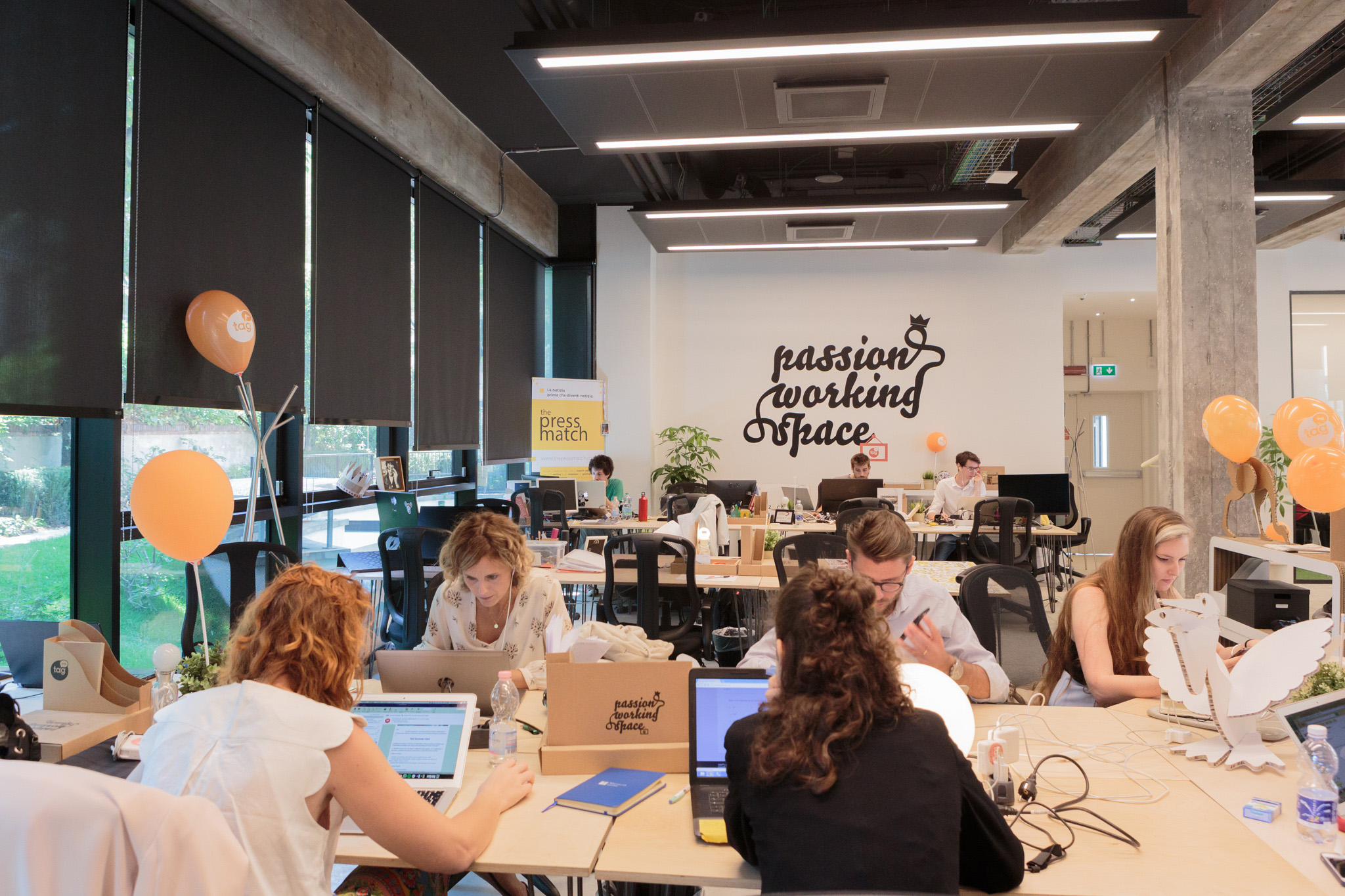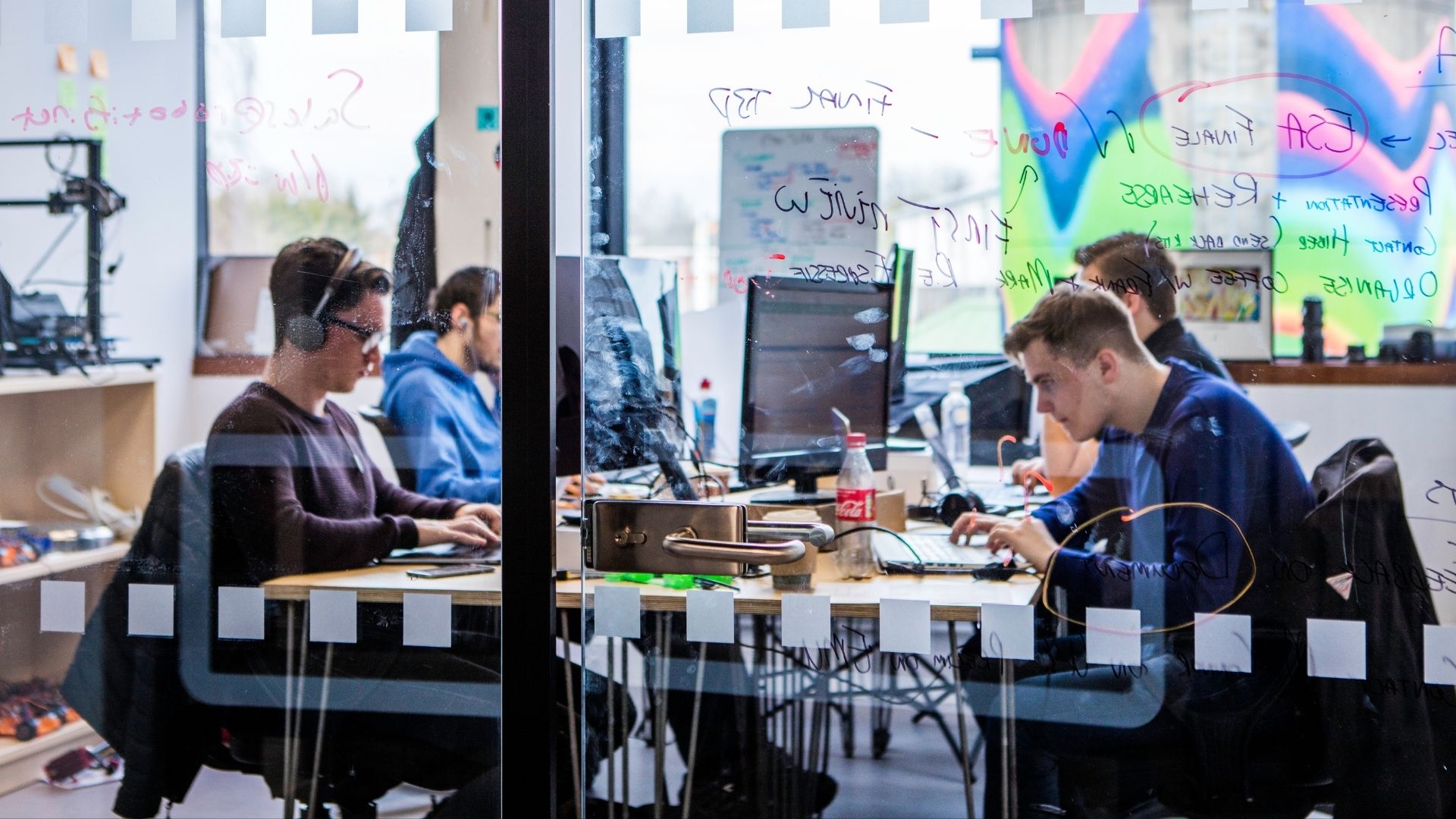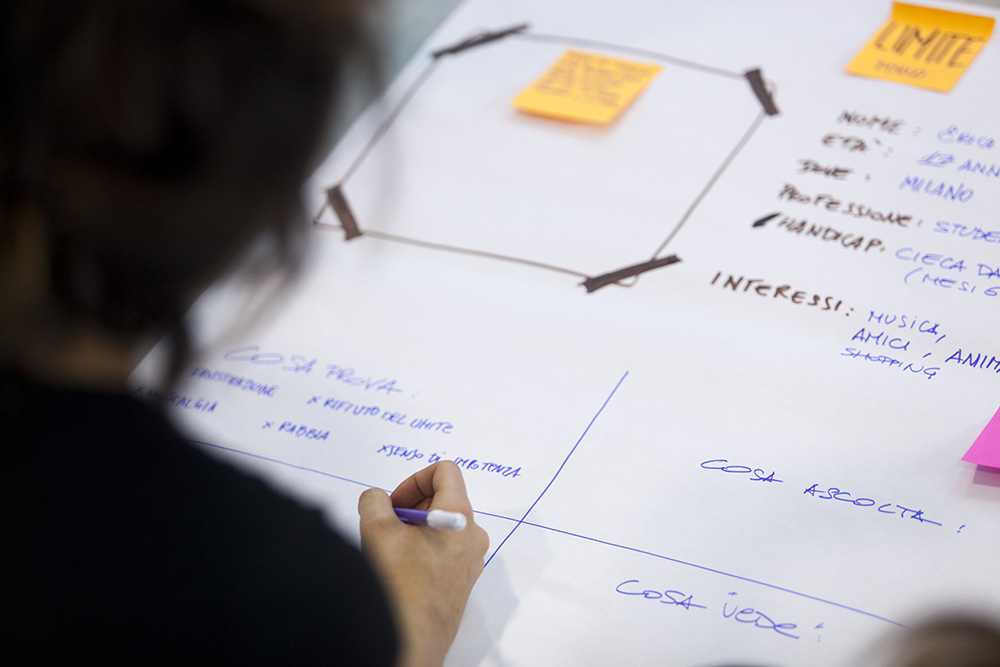- Home
- Generative AI
- The Ultimate Guide to Artificial Intelligence


Don't you want to read? Try listening to the article in audio mode 🎧
Everything points to the fact that Artificial Intelligence will transform our future in a more radical way than any other innovation during this century. This is partly due to the extremely rapid development of the algorithms behind AI software. In recent years, applied AI has already conquered various business areas, such as marketing, customer care, agriculture and healthcare.
What is Artificial Intelligence?
AI is a software feature developed to solve problems and perform tasks normally performed by humans. Its purpose is to create digital tools for actions ranging from driving and phone calls, to more complex, autonomous decision-making. Professionals working with AI use skills in mathematics, probability, logic, neuroscience, ethics and robotics. A tool based on AI is able to collect data from multiple sources - from the web, from cameras and sensors - and analyse it in real time.Artificial Intelligence and Machine Learning
How does AI work? One AI tool is Machine Learning, which is used to give systems the ability to “self-learn” (i.e. without explicit programming) from experience to improve their performance and make complex decisions built on data. AI uses neural networks and statistical models to process collected data. Neural networks, inspired by the human brain, constitute a framework which makes use of interconnected points - like digital neurons - to analyse incoming data. An example of Machine Learning? Artificial vision cameras placed on self-driving vehicles are a result of Machine Learning. Soon on the market, these cameras collect data and improve the ability of algorithms to detect traffic signals, other vehicles and critical situations; to learn from various situations and to make decisions. Ethical questions posed by AI revolve precisely around this decision-making process, which in this case may concern, for example, the choice between avoiding a collision with a pedestrian and prioritising the driver's health.Applications of AI
Voice assistants and AI
Most of us have heard of or used Siri, Google Assistant, Cortana and Alexa - voice assistants proposed by Apple, Google, Microsoft and Amazon respectively. Thanks to AI and Machine Learning, these assistants are responding to us in an increasingly pertinent way. The huge amounts of data collected every day by these voice assistants allow us to improve our understanding of both natural language and user needs. The Big Data owned by the brands mentioned are thus also increasingly complete and of great value for anyone who seeks to reach a specific audience, segmented by lifestyle and behaviour. Alexa, for example, knows her way around our homes, has the ability to interpret voice requests from any corner of the room and is able to find answers to our questions on the web. This opens up for possibilities to activate home alarms and to perform other domestic tasks, which can be particularly useful for people with reduced mobility or physical and cognitive disabilities. During a recent presentation of the Google Assistant, Sundar Pichai, CEO of Google, asked the tool to call up his hairdresser to book an appointment. This shows how AI can be used to offer personal services unimaginable only a year ago. For its part, IBM has long been investing in AI in the form of Watson, a software which responds to complex questions. Watson is often represented by the Pepper robot, who has a humanoid shape and is already active on cruise ships as a personal multilingual assistant. Amongst other things, Pepper is able to point the way to various services on board and answer questions of cruise passengers. Pepper is also adopted by large chain stores, and has become a virtual shop assistant in many places.Broadcasting platforms and AI
Anyone using platforms delivering digital content, such as Sky and Netflix, has experienced how these systems are able to suggest films and TV series based on consumer preferences. In these cases, AI uses predictive algorithms processing data based on customer reactions to previously watched films. Billions of records are being analysed to suggest films which might please viewers based on previous reactions, behaviours and choices.Chatbots and customer support
Chatbots, which are AI applications for customer service, are being used more and more frequently in the B2C sector, from banking and insurance to tourism. According to a 2018 research conducted worldwide and published by Business Insider, 67% of consumers made use of chatbots to contact customer service. An example? A customer looking for information on the return of a product can contact the chatbot of the seller - on the site and on some social networks - who will ask questions about the date of purchase, identify the order and ask about the reasons for return. This gives the contact center operator, who will subsequently speak to the client, all the information needed to manage the case efficiently. Those who use tools like Google Maps, Google Now and Google Translate are also already making use of systems governed by AI and machine learning.Companies and AI
Applied AI does not only concern the consumer industry, but also the business sector. This is where we come across worries regarding the disappearance of human jobs, at least in terms of less qualified positions. This problem undoubtedly exists, but can be managed with training and re-training of personnel. There are also ongoing talks of subsidies generated by cost-savings resulting from the adoption of robotics in the manufacturing industry and the agricultural sector. The opportunities for companies who adopt AI systems are truly exceptional. AI speeds up data processing and simplifies and automates business processes. By adopting AI systems it is also possible to provide a more fluid, reactive and personalised service, which is able to improve on its own. Moreover, the adoption of the AI in business allows for companies to collect great amounts of precious data in their interactions with users.Recruitment and Digital HR
AI can play a fundamental role in the HR sector. Digital HR platforms are able to analyse resumés en masse, extracting the most relevant CVs for the position. Recruiters will thus be facilitated in identifying the candidates with the most suitable skill sets, as well as those with an aptitude for teamwork, or those with a specific work experience. Some digital HR tools can even conduct the first interview with candidates through a chatbot and thus profile individual applications before booking an interview with a recruiter. These functions are today carried out at an unthinkable rate. Artificial intelligence also makes it possible to compose job offers that truly match the respondents' needs, which facilitates the work of recruiters of finding the best people.Customer service
Knowing the customer and his or her needs is the goal of every marketing manager and product developer. Customer assistance managed by AI makes it possible to conduct the initial phase of interaction with a client, freeing the operators from having to answer simple questions or having to request data to access the customer database. The data collected from this automation of services additionally provides very useful elements for improving user manuals, communication and FAQs, but also for optimising the products themselves if the negative feedback frequently concerns the same issue.Agriculture
Intensive agriculture uses AI to monitor plantations, optimise irrigation and identify harvest times. The agricultural sector involves a lot of workforces, whose interventions require planning and monitoring in order to keep production up and costs down. Today, sensors, cameras and drones are providing data to the AI platforms managing greenhouse automation. They collect data on plant growth, disease outbreaks, irrigation, fertilisation and harvest times, enabling significant savings in terms of time and energy consumption. On large surfaces, drones can monitor the development of plantations, detect the occurrence of parasites by monitoring leaf yellowing, and develop organic farming by spreading larvae of natural antagonists. Some agricultural drones can handle 6 to 10 hectares in a single flight.Artificial Intelligence: A Case Study
The Coca-Cola Company is the largest beverage company in the world. It sells soft drinks and fruit juices and represents 500 brands in 200 countries. About 1.9 billion bottles and cans produced by the Coca-Cola Company are consumed every day. Coca-Cola is, therefore, able to collect massive amounts of data, from the production and distribution sectors, from sales and from customer feedback. The company also relies on a robust data-driven strategy to inform business decisions at a strategic level. Recently, Greg Chambers, Global Director of Coca-Cola's digital innovation, said:“AI is the foundation for everything we do. We create intelligent experiences. AI is the kernel that powers that experience.”
Here is how Coca-Cola uses artificial intelligence:
Product development
AI is used for the development of new products. The marketing of Cherry Sprite, made by flavouring the well-known beverage with "cherry" taste, was derived from an analysis of data stemming from soft drink dispensers on tap. Data analysis carried out using AI allowed Coca-Cola to respond to customer needs by launching a new product. Coca-Cola is also introducing a sort of virtual assistant - like Siri or Google Assistant - in their vending machines. Users can personalise their drinks by talking to the AI distributor. Coca-Cola can also customise the virtual assistant and his tone of voice depending on whether it is placed in a mall, cinema, hospital or airport. Some of the company's products, such as orange juice, are created by using AI to monitor the citrus crops. The tool links meteorological data, satellite imagery, crop yield information, price factors, and fruit acidity and sweetness assessments to ensure that the citrus groves are grown optimally and that the fruit maintains a consistent taste. The algorithm additionally identifies the best combination of variables in order to match the products to the tastes of the local consumers of over 200 countries.Augmented reality
Augmented reality (AR), where computer graphics are superimposed into a user's ocular vision, is being tested in numerous Coca-Cola bottling factories around the world. The interpretation of images taken by cameras connected to AI platforms, let the producers monitor and identify potential problems with vending machines in shopping centers or other equipment located in remote locations or locations that are difficult to reach, such as cruise ships.Social networks and AI
Coca-Cola’s social media, in particular, Facebook where they have 107 million fans, but also Twitter, with 33.5 million followers, is an extremely important source of data for the company. Coca-Cola uses image recognition technology based on AI to identify when photographs of its products - or those of competitors - are shared on the web and algorithms to determine the best way to make them viral. The ads resulting from this use of images are, according to Coca-Cola, four times more likely to be clicked on than those produced via other methods of targeted advertising.
Article updated on: 02 April 2025

Don't Waste Your Talent. Turn It Into a Career With a Course That Fits Your Needs!
Talent Garden is your Digital Skills Academy, offering courses in Digital Marketing, UX Design, Digital HR and Data Analysis designed to launch your career.
Keep reading

6
min read
How to structure a B2B Marketing campaign
B2B (Business to Business) marketing is a kind of communication that addresses not the final customers, but other ...
Talent Garden
17/11/2021

2
min read
Five Cybersecurity Mistakes Startups and Small Businesses Make
There are tons of articles out there that focus on cybersecurity for small businesses, but it's important to remember ...
Talent Garden
12/11/2020

6
min read
UX Designers: who are they, what do they do, and how much do they earn?
The profession of a UX Designer has quickly become one of the most sought-after positions in the world of technology. ...
Talent Garden
27/06/2019

4
min read
10 Collaboration Tools for Remote Working
Whether you’re experienced or a complete beginner: the idea of remote working can be daunting. Before this year, the ...
Talent Garden
01/04/2020
